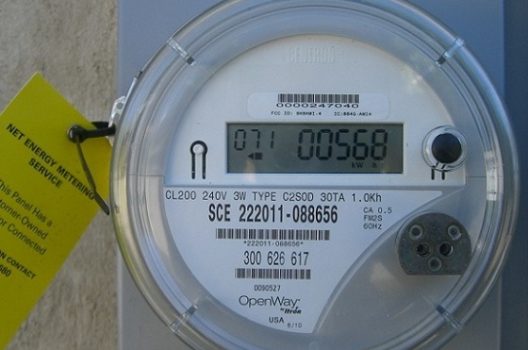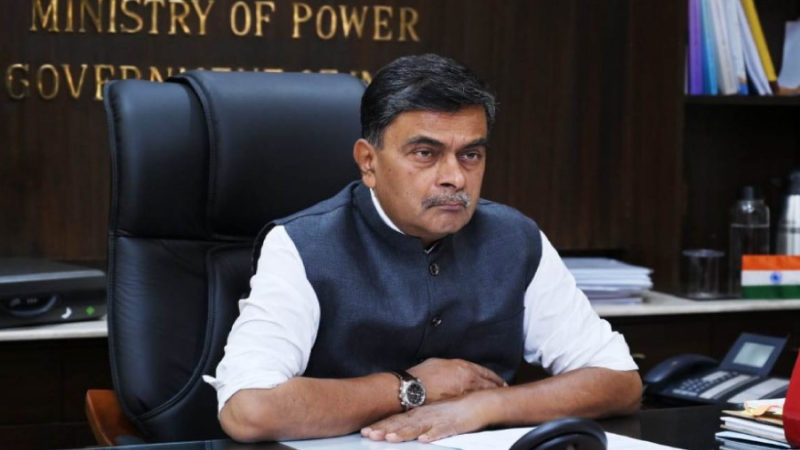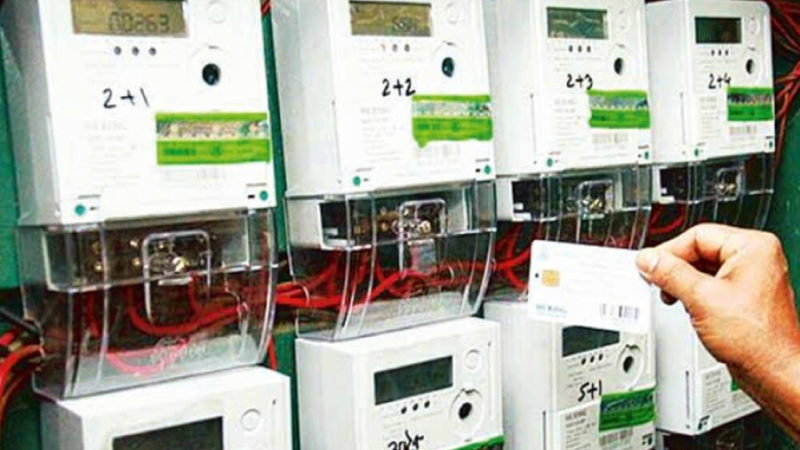Net Metering Scenario in India

The concept of net metering was introduced in India mainly to motivate consumers to utilise more renewable energy. However, with years of policy in service, the execution and implementation has still not improved.
Solar photovoltaic net metering systems are amongst the most advocated plans for the wider national and commercial implementation of solar power in the nation. International examples show that effective net-metering implementation can increase rooftop solar adoption by as much as 50 per cent.
Theoretically, net-metering is the silver bullet designed to help India achieve greater energy security as it has the potential to drive extensive implementation of distributed generation through technologies such as solar. However, unlike utility scale solar, there are several challenges including energy accounting, interconnection arrangements including level of grid penetration and metering, and utilities across the globe are grappling with these issues.
Net Metering Concept:
The net metering concept consists of recording net energy for a certain time between the export of produced energy and the import of energy from the distribution licensee. That means using a two-way meter, which allows the import and export values to be recorded.
If more of the energy is exported into the grid at the end of the billing period than imported, the distributor pays the consumer at a specified price. On the other hand, if more energy is imported from the grid than exported, then the consumer pays the distribution licensee at a predetermined price. These prices usually vary from state to state.
Net metering not only incentivises the end-users to adopt a distributed renewable generation technology but also help the end users/consumers reduce their energy bills. On the other hand, it is also supposed to help stabilise the national, regional and state grids, provide financial assistance to distribution businesses (DISCOMs) through mitigating the danger of customer default and reducing losses of AT&C.
Looking at the inherent benefits of Net Metering system, the year 2013 saw many states stepping forward in conceptualizing and implementing net metering policies in their states. However, as on date despite of almost all states announcing net–and-gross-metering policies for rooftop solar – – grid interconnection regulations and processes still remains challenging in most parts of India.
Policy Implementation Issues
Experts divide rooftops into four broad categories — residences, commercial, educational institutions and industries (factories). Of these, solar is not yet very appealing even with subsidies to the residential segment. Commercial establishment have very little roof space to spare, as they need the space for other activities, such as air-conditioner outdoor units, or cafeteria. However, solar plants could easily come up on educational and industrial roofs, provided net metering rules are friendly.
There are regulation flaws in the policies across states. For example, Tamil Nadu does not permits industrial net metering. This means, if a factory with a large roof puts up a solar plant, it has to consume all the power the solar generates, or waste it. On the other hand the worst part is that if the electricity is put back to the grid – the meter does not recognize the direction of flow of current and treats the electricity supplied as consumed.
On the other hand, Maharashtra, Kerala and Rajasthan allow net metering only up to 1 MW – if you have a larger rooftop plant, sorry, consume the power yourself or let it go waste. Madhya Pradesh allows even less. This becomes critical under ‘opex model’ where the solar plant is owned by a third party – a power company – who invests in the plant and sells power, thus selling every unit of electricity generated matters a lot for the power company.
According to a survey conducted by “Bridge to India”, a renewable analysis firm reveals that the overall implementation of net metering policy remains patchy across the country which necessitates an urgent overhaul policy framework to make it more consumers friendly and more suitable for evolving technologies and business models.
Bridge to India has carried out a survey of 15 industry experts to assess Net metering implementation status in major states. These experts were requested to rate on parameters such as – average time taken for connection, process transparency and clarity, DISCOM support and competence, meter availability and support for different business models.
In the survey – Delhi, Telangana, Andhra Pradesh, Karnataka and Rajasthan emerged as the top states followed by Gujarat, Haryana, Punjab, Chhattisgarh and Kerala. However, most installers rated their experiences in Maharashtra, Tamil Nadu, Uttar Pradesh, Bihar, Jharkhand, Odisha and West Bengal as poor.
On the other hand, average time taken for connection is high as 90-100 days in states such as Haryana and Uttar Pradesh. The findings also showed that installers have distinct experiences even in the same states due to varying policy interpretations by local authorities.
Way Forward:
In India, the concept of net metering was introduced as an important incentive for consumer investment in distributed renewable energy generation and also to motivate consumers to utilise more renewable energy. Contrary to expectations, with more experience or years of policy in service, execution is not improving. Rather it is the usefulness of policy design which seems to be influencing on-the-ground implementation.
Renewable consultancy firm Bridge to India feels these are too restrictive and need an urgent overhaul to relax constraints on system size, type of connections, consumer categories and business models. In addition, to assist enhance the policy framework structure, it would be necessary to learn from the industry’s experience and best practices taken by others nations or even certain progressive states.
Though, the government has shown a very strong desire to drive growth in this sector by offering a generous mix of capital subsidies, tax incentives and cheaper debt financing schemes for the sector. The government is also substantially ramping up demand in the public sector.
All these efforts will fail to produce the desired results unless net-metering policy framework is urgently reformed, otherwise the rooftop movement in the country and its bold target expectations will go for a toss.








